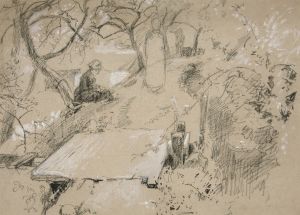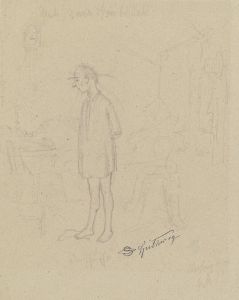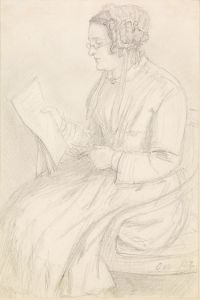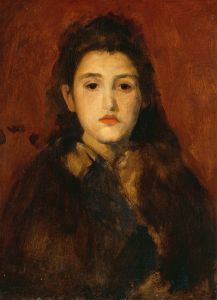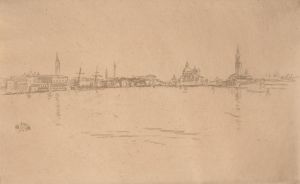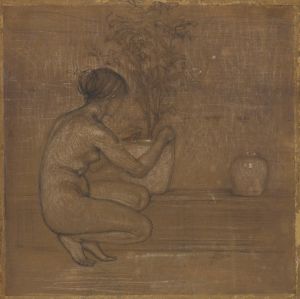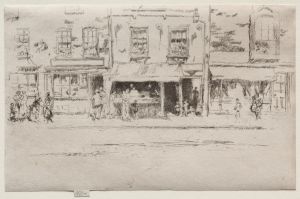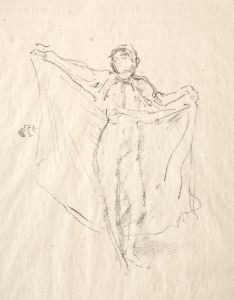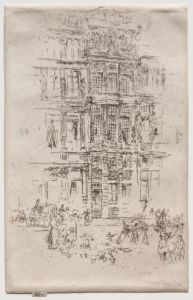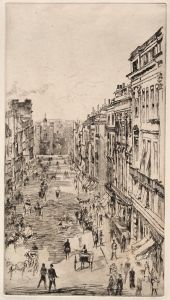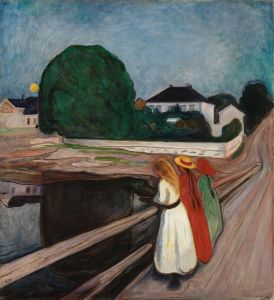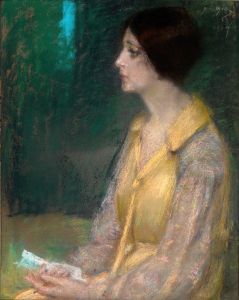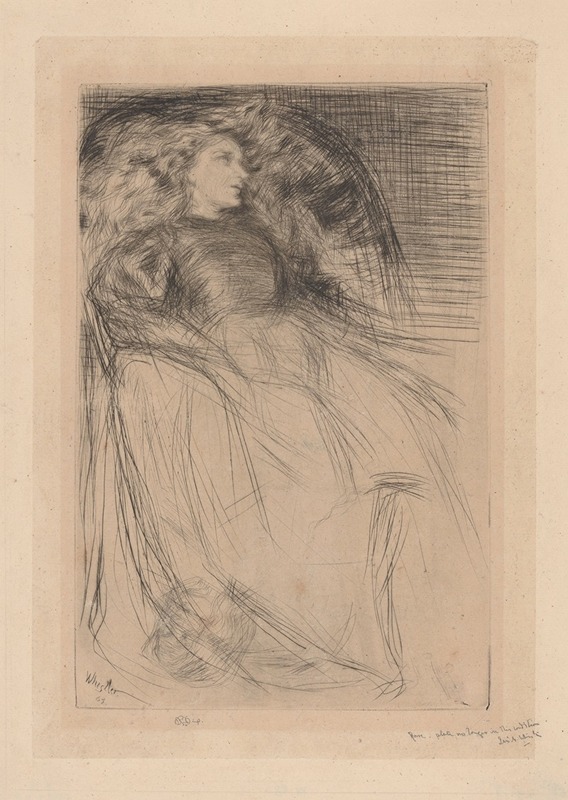
Weary
A hand-painted replica of James Abbott McNeill Whistler’s masterpiece Weary, meticulously crafted by professional artists to capture the true essence of the original. Each piece is created with museum-quality canvas and rare mineral pigments, carefully painted by experienced artists with delicate brushstrokes and rich, layered colors to perfectly recreate the texture of the original artwork. Unlike machine-printed reproductions, this hand-painted version brings the painting to life, infused with the artist’s emotions and skill in every stroke. Whether for personal collection or home decoration, it instantly elevates the artistic atmosphere of any space.
James Abbott McNeill Whistler's painting "Weary" is a notable example of his portrait work, showcasing his distinctive style and approach to art. Whistler, an American artist active during the late 19th century, is best known for his contributions to the Aesthetic Movement, which emphasized art for art's sake and prioritized beauty and composition over narrative content.
"Weary," completed in 1863, is an oil painting that reflects Whistler's interest in capturing mood and character through subtle color palettes and delicate brushwork. The painting features a young woman, depicted in a moment of repose, with her head slightly tilted and her eyes cast downward. The subject's expression and posture convey a sense of introspection and fatigue, aligning with the painting's title.
Whistler's technique in "Weary" demonstrates his mastery of tonal harmony and his ability to create depth and atmosphere. The background is rendered in soft, muted tones that complement the subject's attire and complexion, creating a cohesive and harmonious composition. This focus on tonal arrangement is characteristic of Whistler's work, as he often sought to create a musical quality in his paintings, akin to the harmony found in a symphony.
The model for "Weary" is Joanna Hiffernan, an Irish artist's model and muse who played a significant role in Whistler's life and work during the 1860s. Hiffernan is also the subject of several other notable works by Whistler, including "Symphony in White, No. 1: The White Girl." Her collaboration with Whistler was both personal and professional, and she is credited with influencing his artistic development during this period.
"Weary" is part of the collection at the Freer Gallery of Art, which is part of the Smithsonian Institution in Washington, D.C. The Freer Gallery houses an extensive collection of Whistler's works, thanks to the patronage of Charles Lang Freer, an American industrialist and art collector who was a significant supporter of Whistler's career. Freer's collection includes paintings, etchings, and drawings, providing a comprehensive overview of Whistler's artistic achievements.
Whistler's work, including "Weary," has been influential in the development of modern art, particularly in the way artists approach portraiture and the use of color and composition. His emphasis on mood and aesthetic quality over narrative content paved the way for future movements that prioritized abstraction and emotional expression.
In summary, "Weary" by James Abbott McNeill Whistler is a significant work that exemplifies the artist's approach to portraiture and his contributions to the Aesthetic Movement. Through its subtle tonal harmony and introspective subject, the painting captures the essence of Whistler's artistic philosophy and remains an important piece within his oeuvre.





